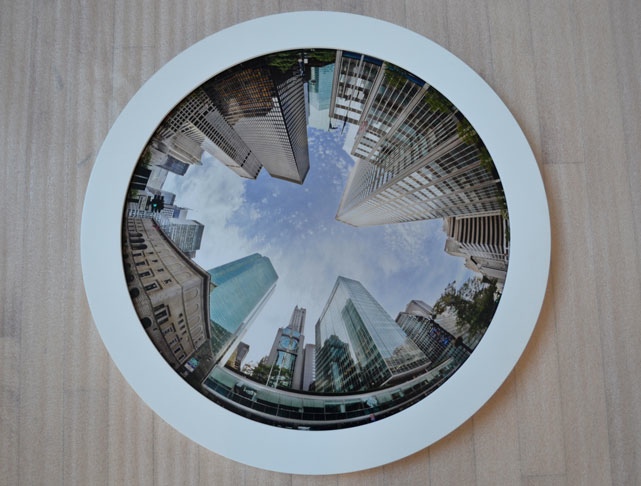Overview
Our state-of-the-art facility has no parallel; but more than machines, chemicals and software, we deliver craftsmanship of the utmost quality because we live within images and for creative individuals.
A deep well of experience allows us to know what our clients want and what the right answer is for them. This means that we attend to needs within your work nearly too subtle to be described.
It also means that we streamline your workflow so that each component within the process (such as scanning, printing, or framing) complements the other. Thus, the weight of a complex workflow will not bear upon the work; rather it will be cost and time effective.
Quality is not only the manifestation of skill and talent but also the result of communication and synergy with our clients.

Working Procedures
The client must pick up his/her originals upon completion of work; it is the responsibility of the client to verify the receipt of their original art work. We are not responsible for work left in house for more than 30 days after job completion.
Our basic prices are subject to change by us without notice and are non-negotiable. However, projects involving large quantities or editions qualify for discount pricing.
Frequently Asked Questions
The exact turnaround of any given project is dependent on several factors, including: the size of the project, the need for special or diverse services, the productivity of the relationship between client and the master printer, the availability of the client to review work and give feedback, as well as the total quantity of work present in house at any given time.
The best way to ensure that you meet your time requirements is to begin your project as soon as possible, with all originals ready for work, and with clear objectives and instructions. When exploration is sometimes necessary, please understand that it requires more time.
In any case, our staff will provide you the shortest possible turnaround. Moreover, we will be sensitive and responsive to each client’s individual needs.
Illord guarantees Cibachrome prints to be light-fast for 200 years in illuminated display. Wilhelm Imaging Research states that Pigment prints are light-fast well over one hundred years and that chromogenic prints are light-fast for over sixty years. In dark storage, the aforementioned prints will resist change much longer.
2. The surfaces of prints are fragile and may never be touched; prints may only be cleaned by spraying them with clean, dry, compressed air
3. Glazings of frames must be cleaned only with materials specifically made for that particular material, such as plexiglas cleaner for plexiglas and denglas cleaner for denglas. Frame mouldings must be cleaned only with a soft cloth.
4. Only acid-free, archival materials must ever touch the prints.
5. Prints must never be allowed to rub against each other during storage; instead, archival, clean, non-abrasive slip-sheeting or bags must separate and contain prints.
6. If the prints are to be displayed, they must be framed. Handling of the physical substrate of the print should be avoided. If print substrates must be handled, then the handler must first be sure that he/she is using correct technique.
7. Prevent exposure of prints to prolonged, unfiltered florescent light or daylight. During exhibition, the level of illumination should not exceed five to eight foot candles. An exhibition should not exceed three months during any calendar year.
8. Maintain a temperature of between 68° and 72°F and a humidity between 45-55% in the works’ environment.
If you are working with a digital camera or other digital source and are performing your own digital work, it would be best to ensure consistent color by having a proper working setup. You must use a professional grade monitor; and you should calibrate it properly using the best commercially available hardware/software packages. Then you must follow proper practices while working on your files, such as having minimum and consistent ambient light in the work space and using a D50 spectrum light (such as is available from GTI or Just Normlicht) to review prints from a local printer or from our devices. Then you must identify your working space, most easily by embedding your files with the working space the files were created in. Where possible, a reliable hard copy proof can also assist the technician to see what you see.
In terms of file size, images you print should have been captured and developed at the final output size and at the output devices ideal pixel resolution. For example, a 40×50 Lambda print should have a image size of 40×50 at 200ppi. Each output device has its own ideal output resolution, and you should consult your project manager as to the appropriate resolution for your printing medium.
